Introduction – 8 Top Benefits of Shirshasana (Headstand) | Why Shirshasana Is Called King of All Asanas?
Shirshasana, commonly known as Headstand, stands as a pinnacle in the world of yoga asanas. Often referred to as the “king of yoga poses,” Shirshasana offers a myriad of physical, mental, and spiritual benefits. This inverted posture demands strength, balance, and focus, making it a transformative practice for those who embark on the journey of mastering it.
Table of Contents
Why Shirshasana Is Called King of All Asanas?
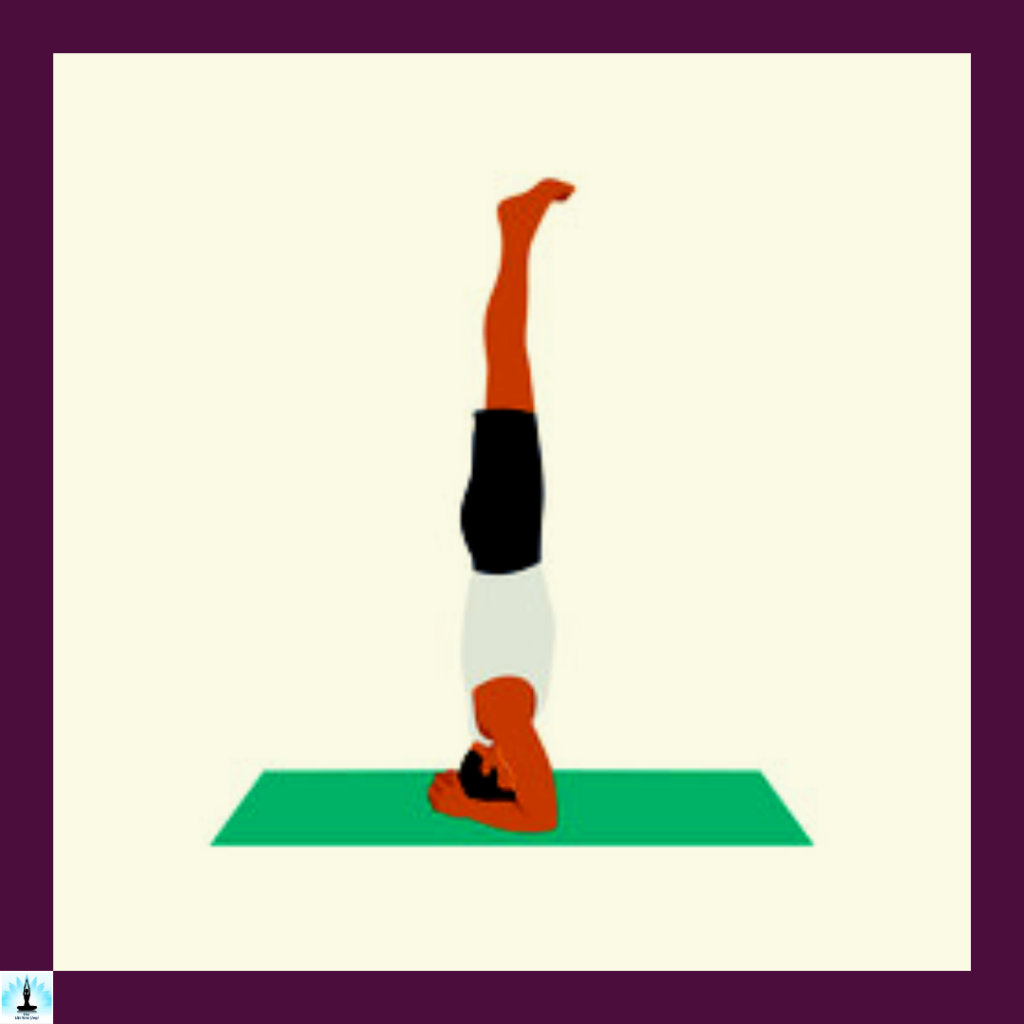
Shirshasana, commonly known as the Headstand, is often hailed as the “king of all asanas” in the realm of yoga due to its myriad physical, mental, and spiritual advantages. This regal title is bestowed upon it for several reasons.
Firstly, mastering Shirshasana requires a high level of balance and core strength, showcasing a profound mastery over the body. The pose’s inversion promotes enhanced blood flow to the brain, revitalizing the nervous system and improving cognitive function.
As well, Shirshasana builds strength in the shoulders, arms, and upper back, contributing to improved posture and overall upper body strength. Beyond the physical, this pose is associated with psychological benefits, reducing stress and promoting a positive mindset.
Its symbolic nature as a transformative pose, encouraging practitioners to embrace change, further solidifies its status as the “king” among yoga asanas.
The Yogic Philosophy of The Shirshasana
The Yogic Philosophy of Shirshasana extends beyond the physical practice, delving into the realms of spirituality and self-discovery. As the pinnacle of inversions, Shirshasana symbolizes a profound shift in perspective, encouraging practitioners to view the world from a different angle.
Grounding the crown chakra, located at the crown of the head, this pose facilitates a connection to pure consciousness and spiritual enlightenment. The act of inverting the body in Shirshasana becomes a metaphor for surrendering the ego, cultivating humility, and embracing a delicate balance between effort and ease.
It serves as a holistic practice, integrating mind, body, and spirit, inviting individuals to explore the interconnectedness of their being and fostering a deeper understanding of the self. In essence, Shirshasana is not just a physical posture but a symbolic journey towards inner wisdom and harmonious well-being.
Top Benefits of Shirshasana
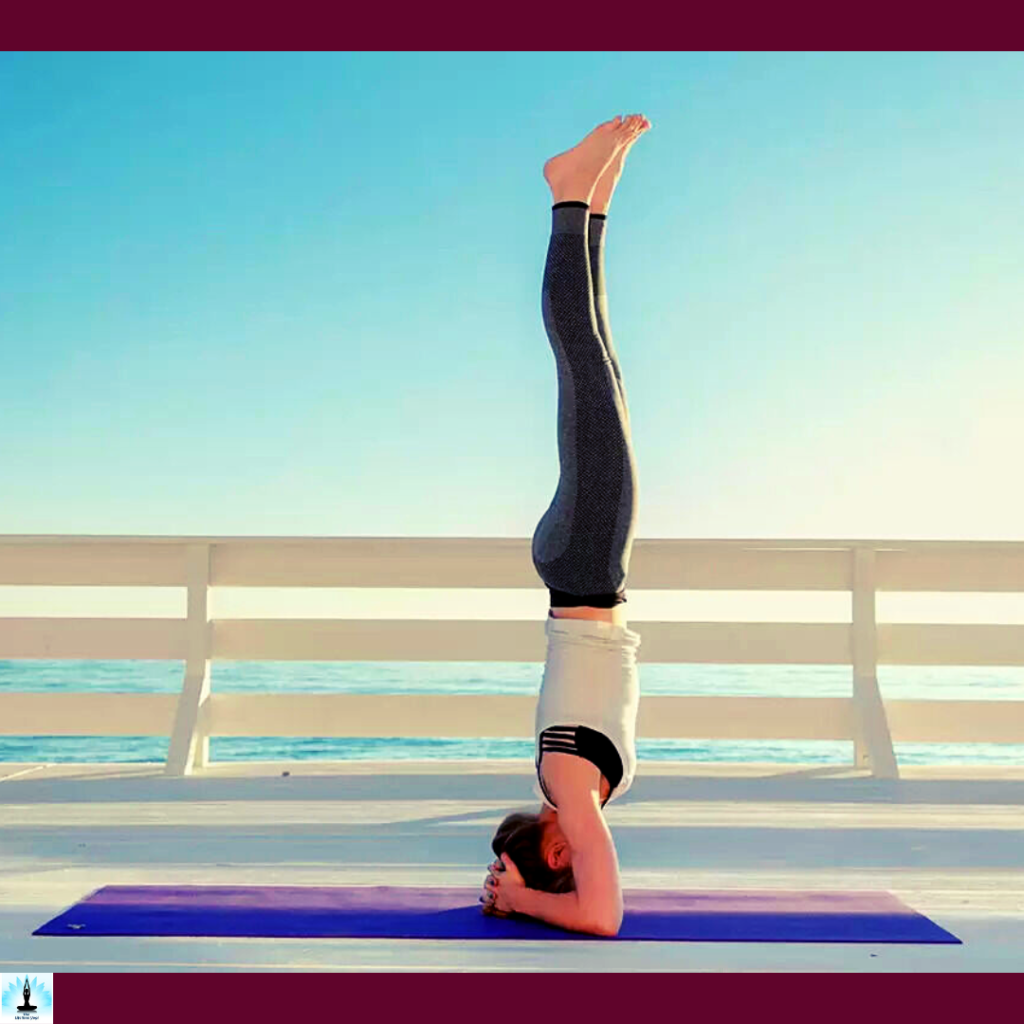
There are several benefits of headstand. Out of them, I mentioned 8 top Benefits of Shirshasana.
Enhanced Blood Circulation
Shirshasana, or Headstand, facilitates improved blood flow to the brain, enhancing oxygen and nutrient supply. This increased circulation is believed to invigorate the mind and improve mental clarity.
Strengthened Core Muscles
Maintaining balance in Shirshasana requires active engagement of the core muscles. Regular practice contributes to the strengthening of abdominal muscles, promoting better posture and stability.
Improved Shoulder and Arm Strength
Supporting the body’s weight on the shoulders and arms in Headstand builds strength in these areas. This can lead to enhanced upper body strength and muscular endurance.
Boosted Respiratory Function
The inverted position of Shirshasana encourages diaphragmatic breathing, expanding lung capacity and promoting more efficient respiratory function. This can be beneficial for individuals with respiratory issues.
Stimulated Lymphatic System
Inversions like Shirshasana stimulate the lymphatic system, aiding in the removal of waste and toxins from the body. This can contribute to overall detoxification and improved immune function.
Alleviation of Stress and Anxiety
Inversions are known for their calming effect on the nervous system. Shirshasana, in particular, may help reduce stress and anxiety, promoting a sense of calm and mental well-being.
Enhanced Digestive Function
The gentle compression on the abdomen in Headstand may contribute to improved digestive function. It can help alleviate issues such as bloating and constipation.
Increased Focus and Concentration
The inverted nature of Shirshasana is believed to enhance mental focus and concentration. Regular practice may contribute to heightened awareness and a clearer state of mind.
Step-by-Step Instructions of Shirshasana

- Preparation: Start by kneeling on the mat, interlocking your fingers and placing the forearms on the ground. Create a cradle for your head by cupping it with your hands.
- Positioning: Place the crown of your head on the mat, ensuring the back of your head is cradled in your hands. Keep your elbows shoulder-width apart.
- Lift-off: Lift your hips toward the ceiling, straightening your legs and walking your feet toward your head. Create a straight line from head to heels.
- Balancing Act: Slowly lift one leg off the ground, bringing the knee toward your chest. Once stable, lift the second leg, bringing both into a straight, vertical position.
- Alignment: Engage your core and ensure your weight is evenly distributed on your forearms and head. Keep your neck in a neutral position, avoiding excessive strain.
- Hold and Breathe: Maintain the pose for a duration comfortable to you, breathing deeply and evenly.
- Exit Mindfully: To exit, lower one leg at a time, returning to the starting kneeling position.
Advance Variations of Shirshasana
Padmasana in Shirshasana (Lotus Headstand)
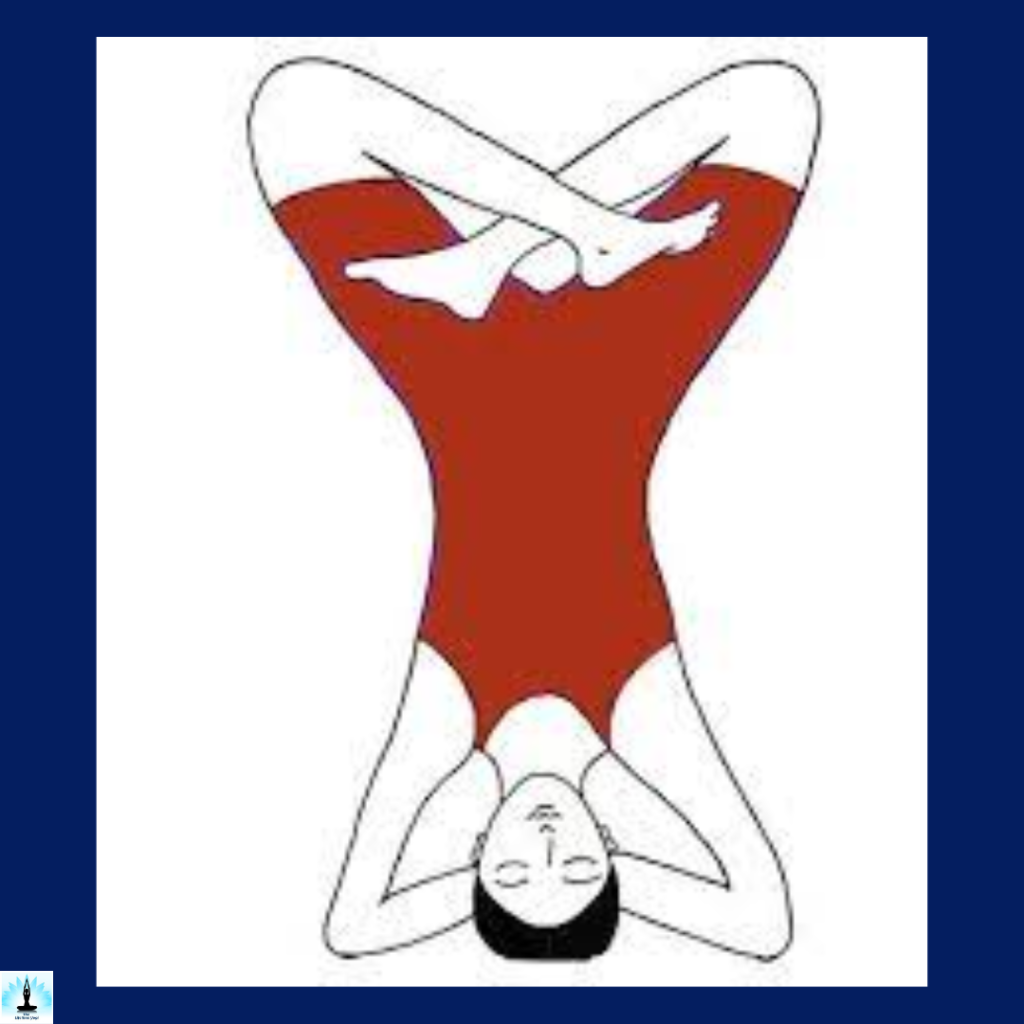
This advanced variation combines the meditative posture of Padmasana (Lotus Pose) with the inverted balance of Shirshasana. Practitioners enter Lotus Pose while inverted, challenging not only their balance and core strength but also requiring a high degree of hip flexibility.
Scorpion Pose in Shirshasana
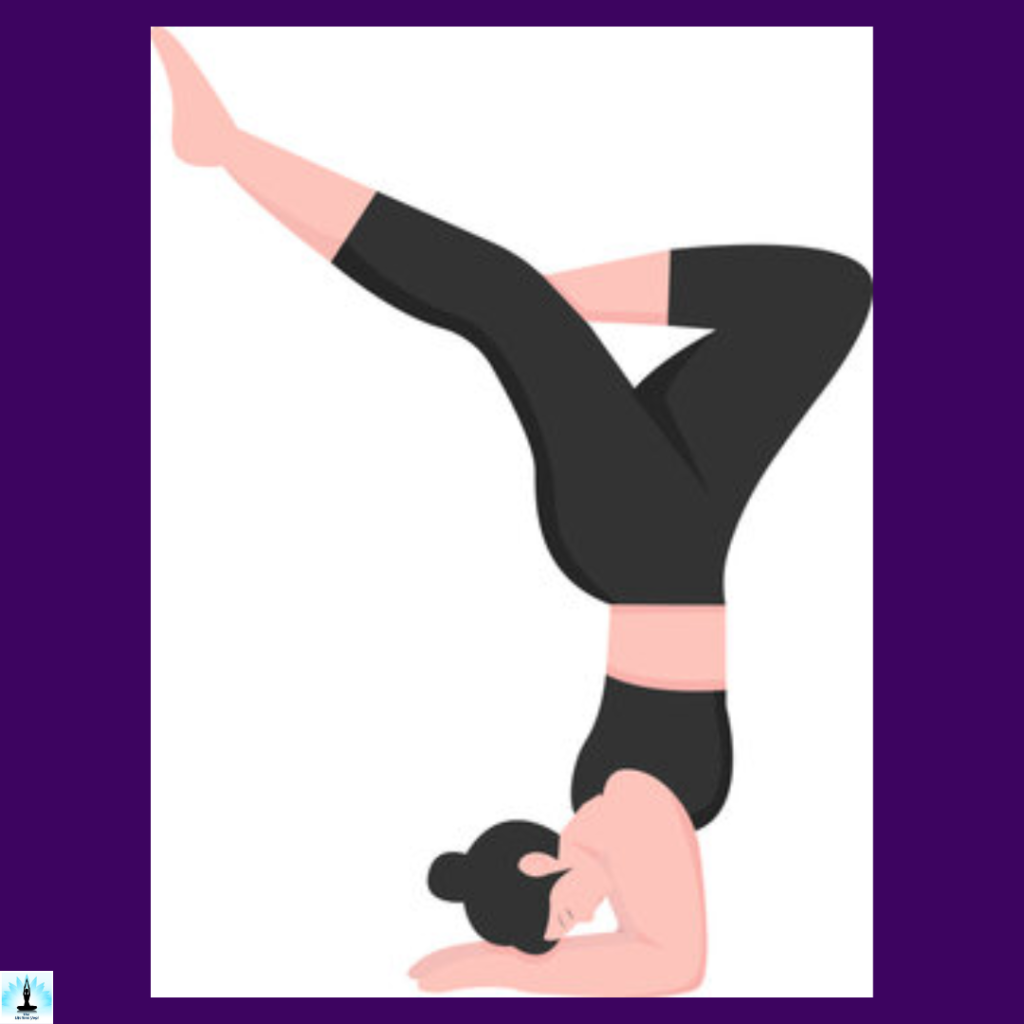
Scorpion Pose in Shirshasana takes the traditional Headstand to the next level by incorporating a backbend. The legs extend overhead while the back arches, bringing the feet toward the head. This complex variation demands advanced strength, flexibility, and control, providing a profound challenge for seasoned practitioners.
Therapeutic Applications of Shirshasana
Shirshasana, or Headstand, offers therapeutic benefits that extend beyond physical fitness. This inversion is often recommended as a therapeutic pose for individuals dealing with mild depression or anxiety, as the increased blood flow to the brain is believed to have a calming effect on the nervous system.
Also, the posture can be beneficial for those experiencing stress-related issues, as it encourages a shift in perspective and cultivates mental clarity. From a physiological standpoint, Shirshasana may be beneficial for individuals with mild respiratory conditions, as the inverted position can enhance lung capacity and respiratory function.
Poses Related to Shirshasana
Several yoga poses are related to Shirshasana, complementing its inverted nature and providing a well-rounded practice. Here are a few poses that align with the benefits and principles of Headstand you can definitely practice.
Preparatory Poses of Shirshasana
Sarvangasana (Shoulder Stand):

Like Shirshasana, Sarvangasana is an inverted pose that promotes improved blood circulation and stimulates the thyroid gland. It also engages the core and strengthens the shoulders and arms.
Adho Mukha Vrikshasana (Handstand):
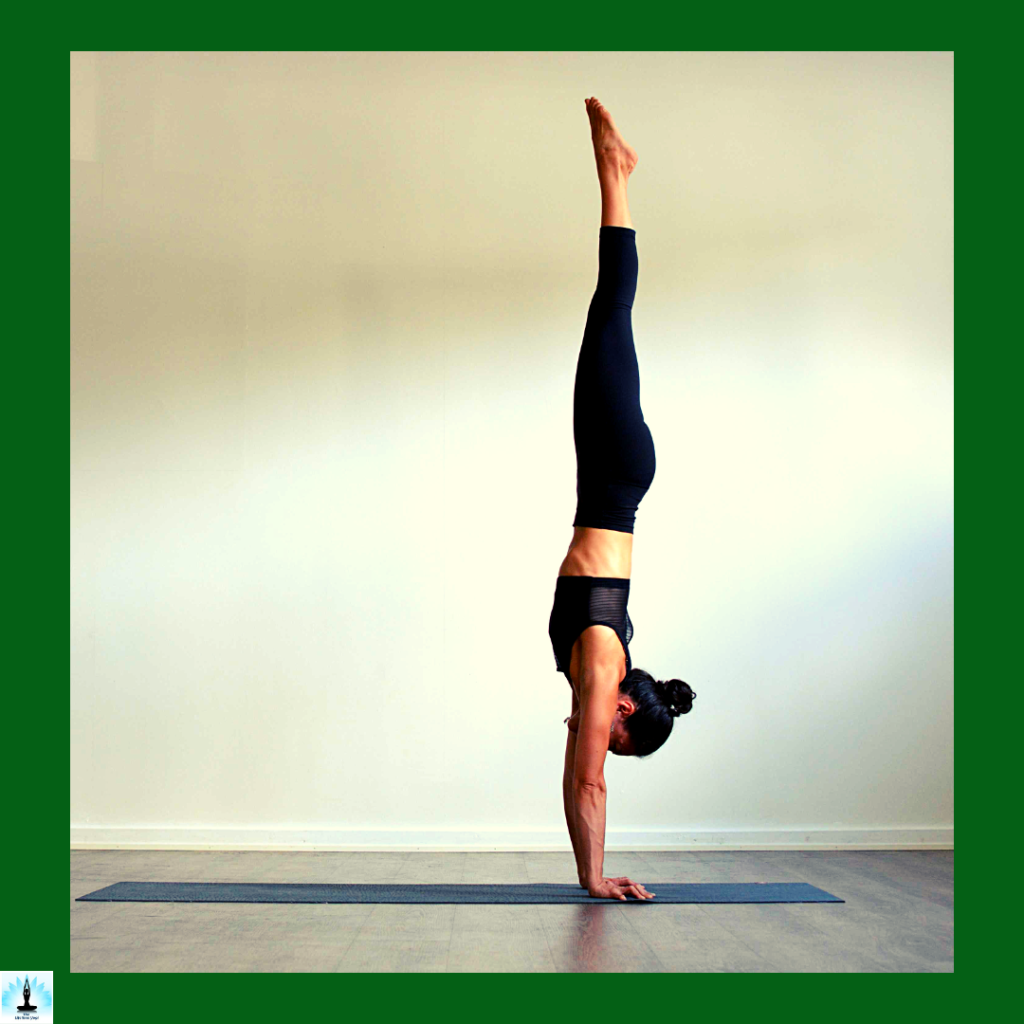
This arm balance shares the inverted quality of Shirshasana but places emphasis on arm strength and balance. Both poses contribute to upper body strength and enhance overall stability.
Follow-up Poses of Shirshasana
Urdhva Dhanurasana (Wheel Pose):
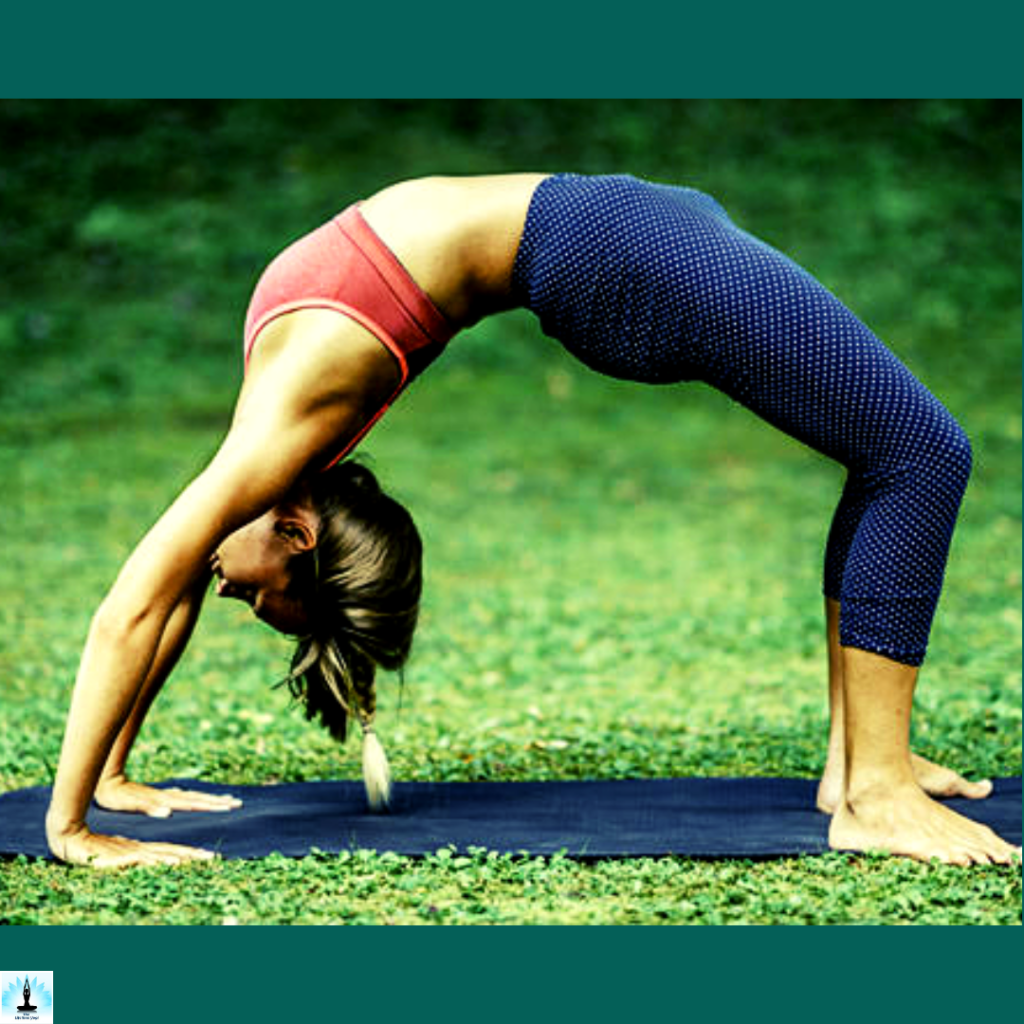
While not an inversion, Wheel Pose involves a backbend that contrasts with the forward bend of Shirshasana. Both poses encourage spinal flexibility and strengthen the core.
Halasana (Plow Pose):
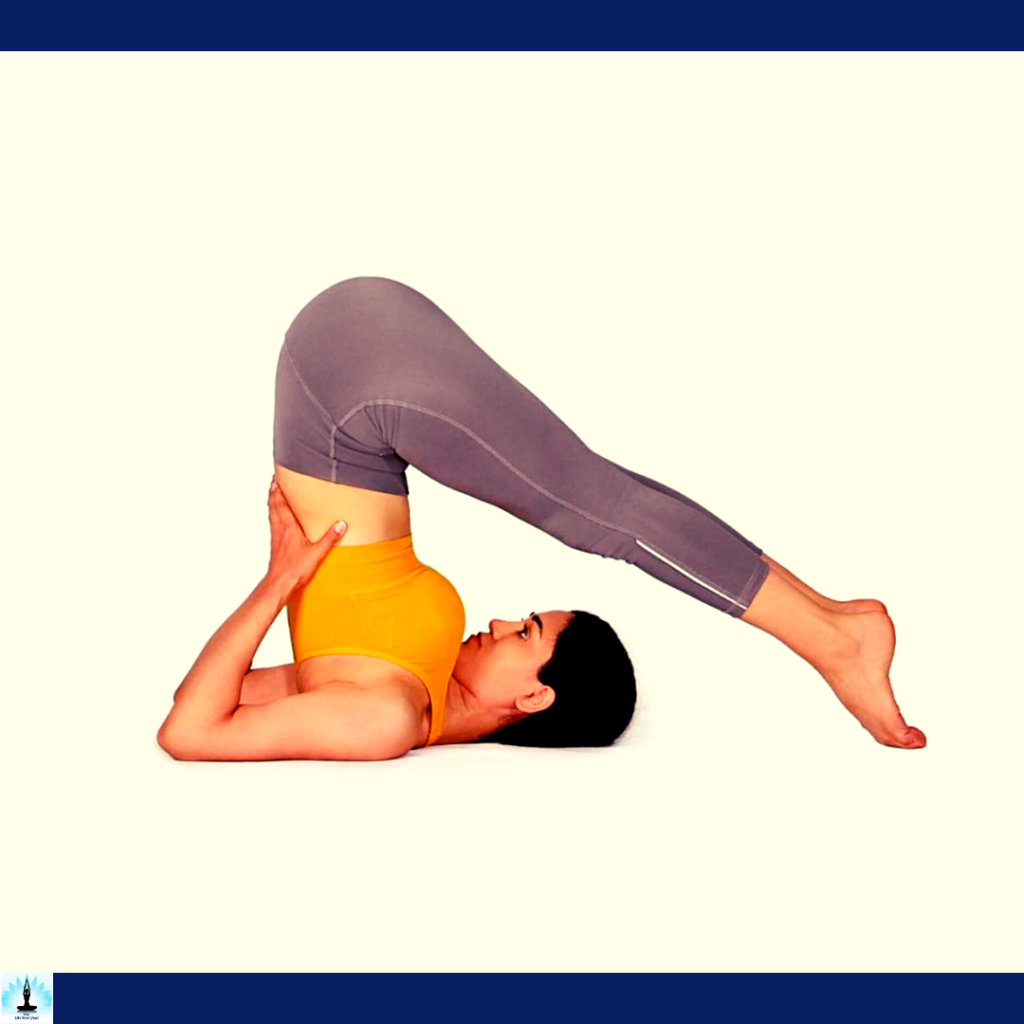
This pose involves folding the body over and bringing the legs over the head, akin to the position in Shirshasana. Halasana stretches the spine, shoulders, and hamstrings while stimulating the abdominal organs.
Beginner’s Tip of Shirshasana
For beginners venturing into Shirshasana, or Headstand, it’s crucial to prioritize safety and gradual progression. Start by building a strong foundation with the proper placement of the forearms and hands on the mat, creating a stable base.
Begin practicing against a wall for added support, allowing you to focus on alignment and balance without the fear of tipping over.
Engage the core muscles and lift the legs gradually, maintaining awareness of the body’s alignment throughout. It’s advisable to practice under the guidance of an experienced yoga instructor who can provide personalized corrections and ensure a safe and gradual learning curve.
Contraindications and Cautions of Shirshasana
While Shirshasana, or Headstand, offers numerous benefits, it’s essential to approach this inversion with caution and be mindful of contraindications.
- Those with neck injuries, high blood pressure, heart conditions, or glaucoma should avoid or modify this pose.
- Pregnant individuals or those experiencing menstruation should also refrain from practicing Shirshasana.
- Persons with a history of vertigo or other balance-related issues should approach this pose cautiously.
- In addition, beginners or those with insufficient upper body strength may risk straining the neck and shoulders if attempting the pose without proper preparation.
- It’s crucial to consult with a healthcare professional or a qualified yoga instructor before incorporating Shirshasana into the practice, ensuring it aligns with individual health conditions and abilities.
FAQ’s on Shirshasana (Headstand)
1. Can Anyone Practice Shirshasana?
Shirshasana is an advanced yoga pose that requires strength, balance, and proper alignment. Beginners and individuals with specific health conditions should approach it with caution and seek guidance from an experienced instructor.
2. How Long Should I Hold Shirshasana?
For beginners, start with shorter durations, around 30 seconds to a minute, gradually increasing as strength and comfort in the pose improve. Advanced practitioners may hold the pose for several minutes.
3. Are There Alternatives to Shirshasana for Beginners?
Yes, modifications like Dolphin Pose and practicing against a wall are suitable alternatives for beginners to build strength and familiarity with the inverted position.
4. Can Shirshasana Cause Neck Injuries?
Without proper technique and alignment, Shirshasana can strain the neck. It’s crucial to engage the core, use the correct head position, and progress gradually to minimize the risk of injuries.
5. Is Shirshasana Safe During Pregnancy?
Pregnant individuals should avoid Shirshasana due to the inverted position and the pressure it places on the abdomen. It’s advisable to choose pregnancy-safe yoga poses under the guidance of a prenatal yoga instructor.
6. How Can I Improve My Balance in Shirshasana?
Regular practice, focusing on core strength and proper weight distribution, can enhance balance in Shirshasana. Using a wall for support in the initial stages is also beneficial.
7. Can Shirshasana Improve Mental Focus?
Yes, the inverted nature of Shirshasana is believed to increase blood flow to the brain, promoting mental clarity and focus. Practitioners often experience improved concentration and a sense of calmness.
8. Are there specific preparations for Shirshasana?
Yes, preparing the body is crucial. Strengthening the shoulders, core, and improving overall flexibility, especially in the spine and hamstrings, will aid in a more stable and comfortable Headstand.
9. Can I Practice Shirshasana with A Pre-Existing Neck Injury?
Individuals with neck injuries should avoid Shirshasana unless given specific clearance by a healthcare professional. Consulting with a physical therapist or yoga therapist is advisable.
10. How Does Shirshasana Benefit the Body?
Shirshasana offers a myriad of benefits, including improved circulation, strengthened shoulders and arms, enhanced focus and concentration, and a unique perspective that can shift one’s mental outlook.
11. Should I Practice Shirshasana Every Day?
While some advanced practitioners may include it in their daily practice, beginners should allow ample recovery time between sessions. Consistency is essential, but quality and safety should take precedence over frequency.
12. Can Shirshasana Alleviate Stress?
Yes, the inversion in Shirshasana is believed to have a calming effect on the nervous system, potentially reducing stress and anxiety levels. However, it’s crucial to approach the pose with a relaxed and focused mindset.
13. Is There a Recommended Breathing Pattern During Shirshasana?
Maintaining steady and controlled breathing is crucial in Shirshasana. Practitioners often use diaphragmatic breathing to stay calm and centered while in the inverted position.
14. Can Shirshasana Be Part of a Yoga Sequence?
Yes, incorporating Shirshasana into a well-rounded yoga sequence can enhance overall strength, flexibility, and balance. However, its placement in the sequence should align with the practitioner’s ability and energy levels.
Conclusion
Embarking on the journey of Shirshasana requires patience, dedication, and respect for your body’s limitations. As you gradually integrate this majestic pose into your practice, you may discover not only physical strength but also a profound sense of balance and serenity. As with any advanced yoga pose, seek guidance from a qualified instructor to ensure safe and effective progression in your practice.
References
- Mallinson & Singleton 2017, p. 242.
- Ghamande, Narayana (1905). Yogasopana Purvacatusca (1st ed.). Bombay: Janardan Mahadev Gurjar, Niranayasagar Press. p. 81.
- Mallinson & Singleton 2017, p. 104.
- Bühnemann 2007, pp. 47, 151
- Iyengar 1991, pp. 179–203.
- Iyengar 1991, p. 127.
- Iyengar, Geeta (1 June 1998). Yoga: A Gem for Women. Allied Publishers. p. 187. ISBN 978-81-7023-715-0.
- Hoare, Sophy (1977). Yoga. Macdonald Educational. p. 78. ISBN 978-0-356-06012-5.
- Ramdev, Swami (1 March 2006). Yoga: Its Philosophy & Practice. Diamond Pocket Books. p. 92. ISBN 978-81-89235-15-4.
